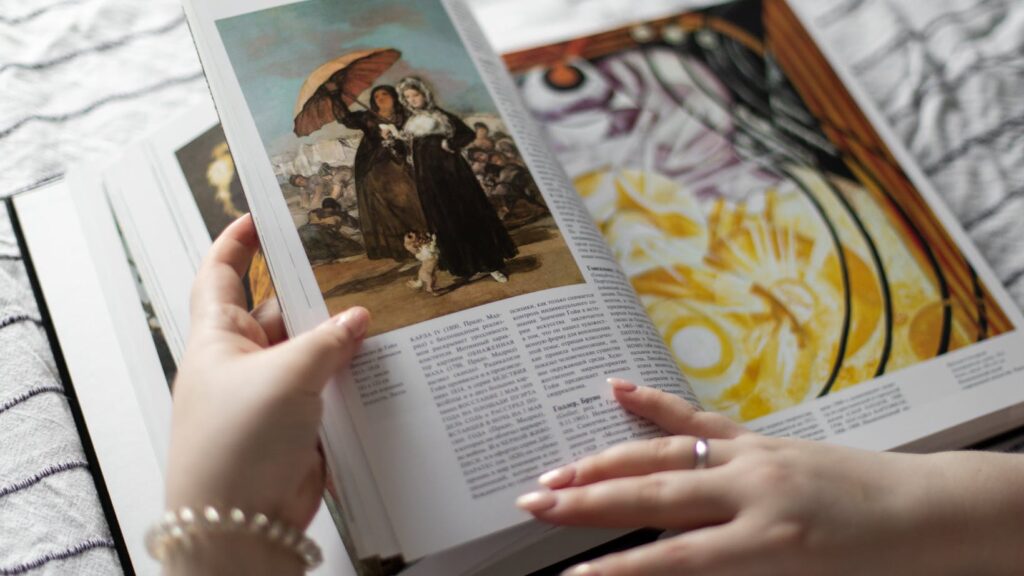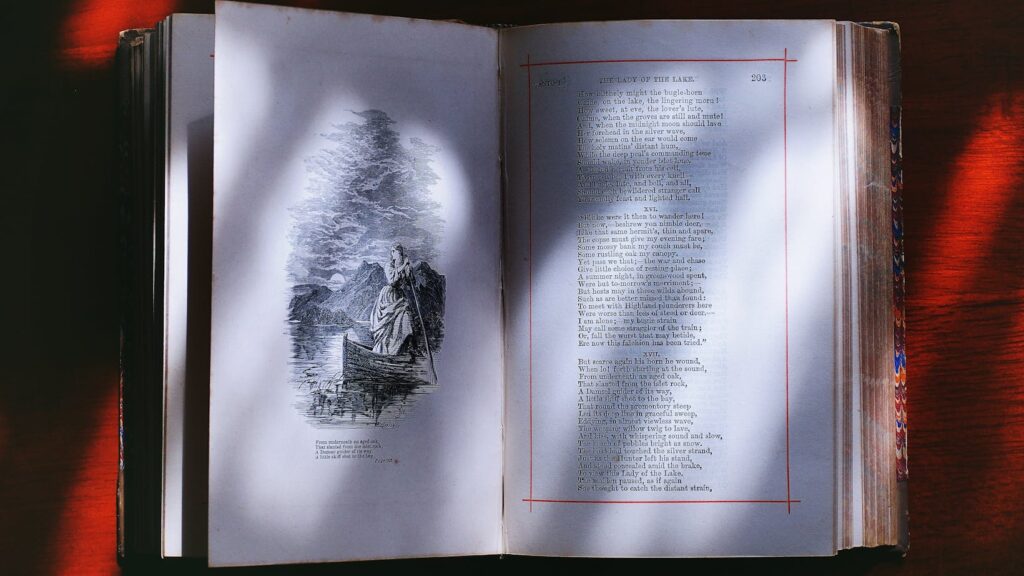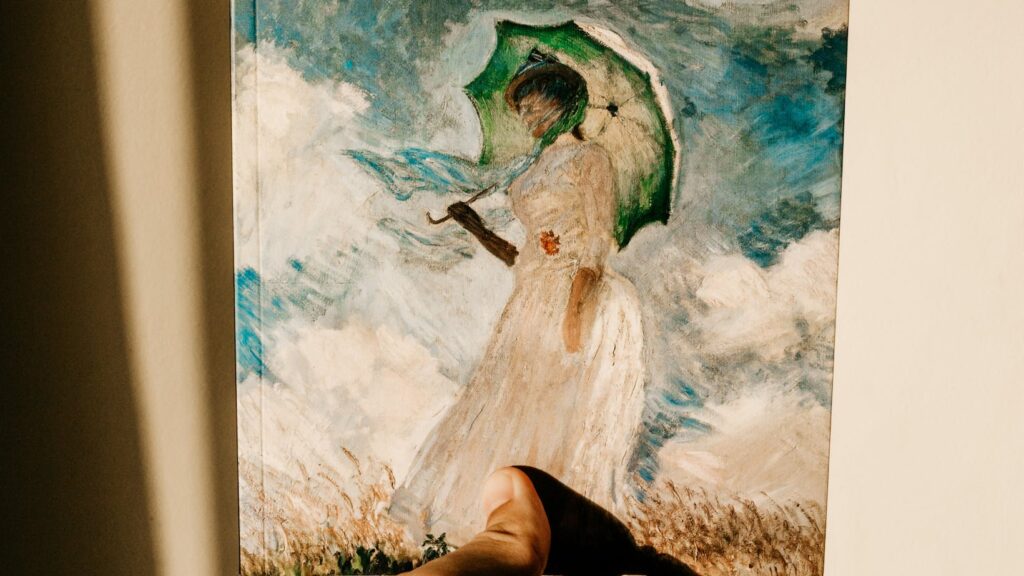The 1920s, often referred to as the “Roaring Twenties,” were a time of dramatic cultural shifts. Art and literature were no exceptions. They blossomed, reflecting the era’s ebullience, freedom, and rebellion. This period was marked by the emergence of a new generation of artists and writers, who sought to break free from traditional norms and explore new artistic frontiers.
Let’s embark on a journey back in time to delve into the vibrant world of art and literature in the 1920s.
Table of Contents
ToggleArt and Literature in the 1920s
Art Deco: The Emblem of the Era
Art Deco emerged, encapsulating the optimism and modernity of the ’20s. Known for its luxury and glamour, it’s distinguished by geometric shapes, streamlined forms, and use of lavish materials. Its influence spread across various sectors, from architecture, graphic and interior design, to fashion and film.
Surrealism and Dada: Challenging Reality
Surrealism and Dada surfaced, pushing against previous limitations. Both movements presented a dramatic departure from established norms, turning to the irrational and absurd as sources of inspiration. Surrealism, led by luminaries like Salvador Dali and Rene Magritte, delved into the subconscious, exploring dreamlike scenarios that defied logic.

Dada, on the other hand, represented a radical anti-art stance, satirizing the senselessness of war with nonsensical art pieces.
Literature Reflecting a New World
The Lost Generation Writers
The Lost Generation, named by American author Gertrude Stein, outlines a group of young American writers prolific during the 1920s. They experienced World War I’s ravages firsthand, resulting in disillusionment and a profound sense of loss and disconnectedness.
Ernest Hemingway, F. Scott Fitzgerald, and John Dos Passos were principal among them, forging a new literary voice. Hemingway’s “The Sun Also Rises” (1926) presents a brooding insight into the wartime aftermath, popularizing a terse and understated writing style. Fitzgerald’s magnum opus, “The Great Gatsby” (1925), underlayers the Jazz Age’s glamour with the corruption of the era’s materialistic pursuits.
The Harlem Renaissance and Racial Identity
The Harlem Renaissance illuminated African American culture, their struggle, triumphs, and self-identity. During the 1920s, Harlem became the epicenter of African American intellectual and cultural life, inspiring a vibrant literary movement.
Langston Hughes, Zora Neale Hurston, and Countee Cullen posed formidable literary forces, representing distinct African American experiences. Hughes, in his poem “The Negro Speaks of Rivers” (1921), deep dives into his African roots and racial pride. Hurston’s seminal work, “Their Eyes Were Watching God” (1937), though published post-Renaissance, traces its roots to the period, capturing an African American woman’s quest for identity in the Jim Crow South.
Notable Figures of Art and Literature in the 1920s
This section honors some seminal figures of art and literature in the 1920s who dared to defy norms and push the boundaries of artistic imagination, leaving an enduring legacy that continues to shape contemporary art and literature.
Artists and Writers Who Shaped the Decade
The artistic vanguard of the 1920s comprised diverse, imaginative forces. Individuals like Marc Chagall, a pioneer of Surrealism, unveiled layers of reality through his phantasmagoric paintings, steering a new course in the art world.
Eminent writers also rose to prominence in this exuberant decade. F. Scott Fitzgerald, part of the Lost Generation, penned enduring classics like “The Great Gatsby.”
Langston Hughes, a leading voice of the Harlem Renaissance, conveyed the African American experience through his evocative poetry and prose.
The Cross-Continental Exchange of Ideas
The era encouraged a potent exchange of ideas across borders, further fostering creativity. European artists like Pablo Picasso interacted with African Art, instigating a transformative impact on contemporary western aesthetics.

Similarly, American authors exchanged ideas with their European counterparts. Ernest Hemingway’s interaction with the likes of James Joyce in Paris profoundly influenced his writing style.
Must Know About Art and Literature in the 1920s
The Roaring Twenties was a vibrant era that saw art and literature break free from traditional confines and explore new frontiers. This period’s artistic dynamism was reflected in the rise of avant-garde movements like Art Deco, Surrealism, and Dada. Literature too saw a shift, with the Lost Generation and the Harlem Renaissance shaping the narrative. Art and literature in the 1920s, thus, stands as a definitive era that left a lasting impact on the world.
